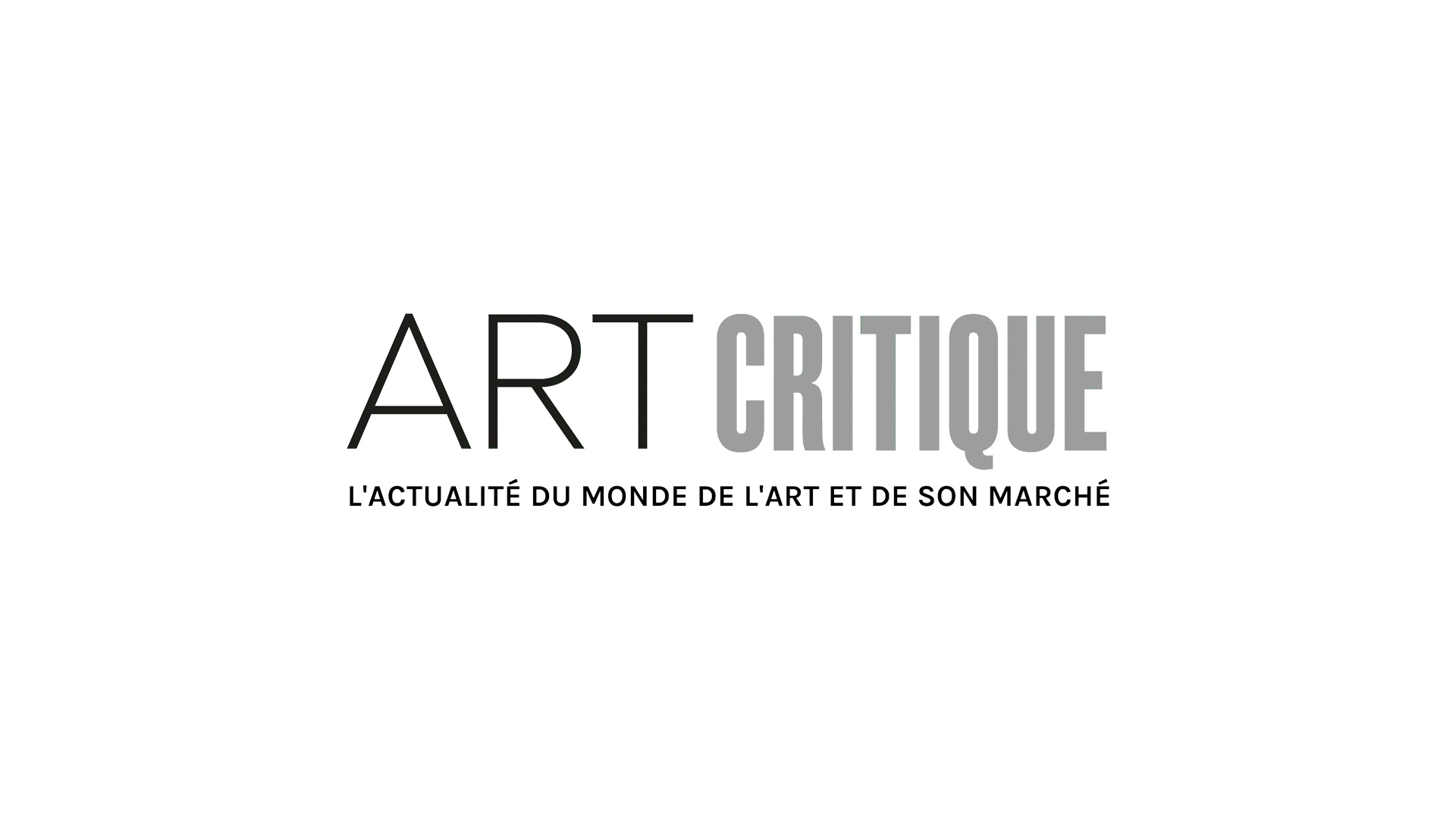After nearly a third of the year in hibernation, certain physical art spaces are tentatively re-opening their doors. With reduced entrant numbers and some distancing measures put in place, it seems like there can be a return of semi-normalcy for galleries and the like. Phi Centre in Montreal has reopened their doors with its latest exhibition and it is a welcome return. Phi Centre’s Emergence and Convergence seeks to explore the effect that our isolation has had on our relationship with both the digital and the natural worlds, and reflect on where we are now.

The first thing you notice in entering the space is the absence of the usually numerous VR booths. Instead, a mote of plants circles the centre, lending a natural aspect to the space that isn’t usually present. It’s shape guides the viewer to each exhibit in the main space, and its role as green space is certainly informing of a number of the works. Perhaps most all-encompassing of the themes for Phi Centre’s Emergence and Convergence is A Life In Flowers by Armando Kirwin, Azuma Makoto. Adorned with a shelved wire awning absolutely filled with vibrant floral designs, it strongly pulls you in once in the space. Beneath the floral awning, you face a screen and microphone and are treated to a soothing series of introspective questions on life and growth. The answers you give seem to be read by the program for both word choice and vocal tone, judging them for tones of joy, anger, sorrow, peace, etc. Flowers then sprout up in a bouquet based on these answers, creating a unique arrangement for each participant. While at times there was some question as to how accurately the program was understanding what was being said, there was something freeing and beautiful about standing alone in that space and detailing deeply personal events and feelings, all for the sake of watching flowers grow. The digital arrangements alone are worth the time spent, but the catharsis of the dialogue with such a soothing narration feels like the true heart of this piece.

Sabrina Ratté’s works with projection are also featured in the exhibition, and her pieces Alpenglow and Aurora fuse the qualities of digital and physical beautifully. Casting a layer of projection atop inkjet prints, the images are given a fantastic depth with this simple blend. The aims of Alpenglow and Aurora are to depict utopian spaces, and there is certainly something of that in watching the ever so subtle movements of the projection on what the mind knows to be a flat print. It draws the eye into its depths and gives the viewer some moments of blissful peace in the created space of these works. Various other works play with these same themes of isolation of the self, the natural, the digital, and the world at large. Daniel Corbeil’s Cité laboratoire is a beautiful vision of a prototype skyscraper serving as a self-sustained ecosystem. Moritz Wehrmann’s Alter Ego plays with one’s perception of self and others in a flickering mirror that two participants face on either side. But without a doubt, the titan of Emergence and Convergence is George Fok’s Seeking Stillness.

Stepping into the separate section of Phi Centre’s second floor, you make your way around a dark corner. And then immediately stretching out before you is a wide strip of video projection crawling across the floor and up the wall. The room is long and spacious with nothing in it but benches to the side, making the projection seem truly massive, it and the sound design filling the room around you. As you stare up at the looming images, or down at your feet and perceive yourself actually standing within these surreal textures, you can’t help but feel a monumental isolation within yourself. The mind clears and becomes a blank, watchful sentinel. Even when others begin to enter and sit down, or children shriek and run after the flowing lights of the projections, the effect is too powerful to be taken away from. Spanning thirty minutes, Seeking Stillness feels like a blissful eternity, and Fok without a doubt captures the namesake of the piece. Stepping out from the isolation of the room and back into the world gives a serene reminder of how deeply cleansing these times alone can be with the right stimuli.
Phi Centre’s Emergence and Convergence is a brilliant collection to usher in the return to form for the space. It takes the themes and awareness that art has taken in the context of quarantine and feeds it into the experiences that art lovers have so sorely been missing over the past quarter-year. We are returning to the spaces and worlds we once took for granted, and in ways, both they and our selves can feel a bit unfamiliar. But Emergence and Convergence urges us to look at how we’re seeing ourselves in these changed times and reminds us that not all change is to be feared.





